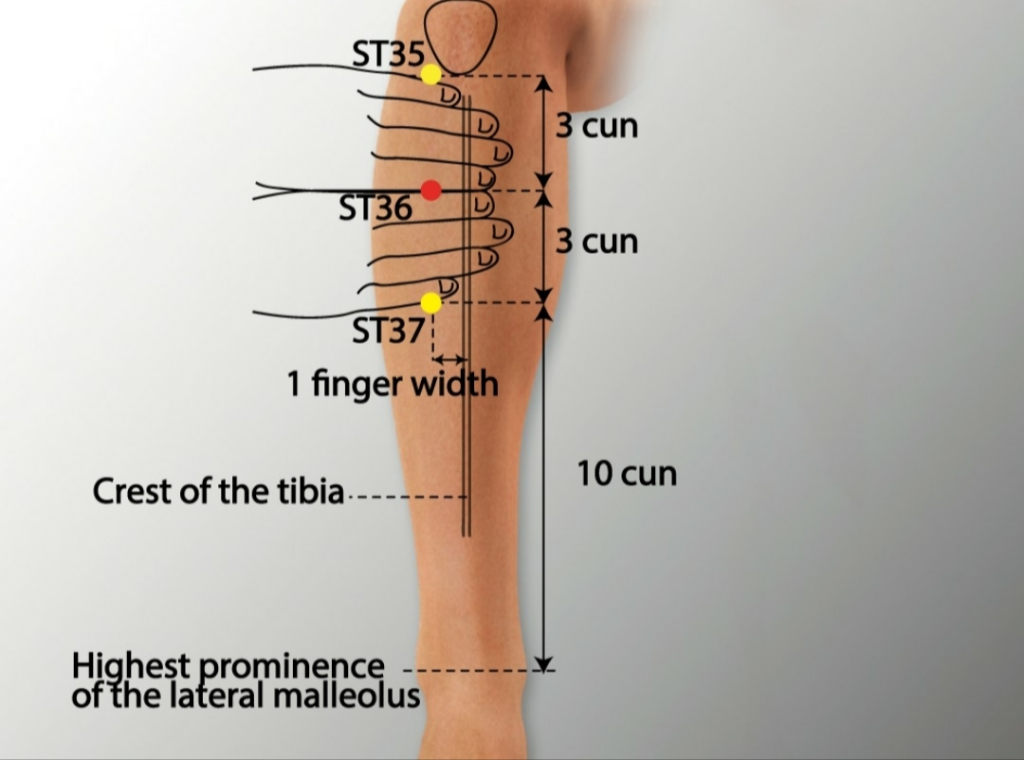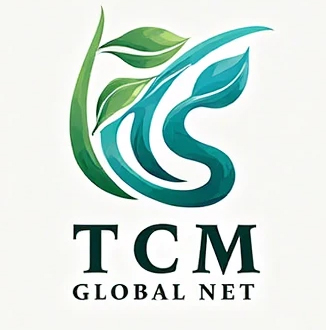一、生长激素的争议与风险
☆疗效不确定性
- 研究显示生长激素治疗缺乏长期对照数据,效果因人而异,部分孩子可能出现无效或过度生长。
- 案例:广东6岁儿童注射后身高增长11cm,但频繁生病,停药后恢复健康。
☆副作用与健康风险
- 代谢异常:可能引发血糖升高、甲状腺功能减退。
- 骨骼与肿瘤风险:长期使用或导致股骨头滑脱、脊柱侧弯,甚至刺激肿瘤生长。
1.生长激素:并非万能的长高“神器”
生长激素是人体脑垂体前叶分泌的一种蛋白质激素,在我们的生长发育进程中扮演着举足轻重的角色。
从生理机制来看,它主要通过刺激肝臓等组织产生胰岛素样生长因子(IGF1),进而间接促进生长。IGF1能够促进软骨细胞的增殖和分化,使得骨骼实现纵向生长,从而达成身高的增长。在儿童和青少年时期,生长激素的分泌呈现出脉冲式的特点,特别是在夜间睡眠时,其分泌量会显著增加,这对于孩子的正常生长发育起着至关重要的作用。
在医疗领域,对于一些因生长激素缺乏症、特纳综合征等疾病而导致生长发育迟缓的孩子,医生会依据具体的病情,合理地使用外源性生长激素进行替代治疗。
在严格的医学监测下,这种治疗方式确实能够帮助这些孩子改善生长状况,使他们的身高尽可能地接近正常水平。
然而,我们必须清醒地认识到,生长激素并非万能的长高“神器”。目前,关于生长激素治疗的研究存在着诸多问题。
☆对照信息不足
相关研究在判断治疗效果时,主要依据身高(相较于不治疗的情况)的增加或生活质量的改善,但遗憾的是,这方面的对照信息严重缺乏。由于研究设计不够合理,研究对象的数量过少,研究结果往往难以提供生长激素治疗的有效证据,甚至有时还会出现夸大其疗效的情况。
☆效果难以界定
对于不接受治疗的孩子,他们并非就完全不会长高。实际上,很难确切地说因为接受生长激素治疗,孩子究竟额外长高了多少。而且,在长达十年的治疗周期内,孩子通过注射生长激素额外增长多少厘米才能被判定为治疗有效,这也是一个尚无明确答案的问题。
此外,相关研究报告显示,生长激素的治疗效果存在差异。不同的孩子在接受治疗后,成长速度各不相同,不同的治疗方案也得出了不同的身高增长数据。简单来说,生长激素治疗对一部分孩子确实有一定效果,但具体效果如何,存在较大的不确定性。
2.、生长激素的弊端不可小觑
生长激素虽然在特定情况下对治疗生长发育障碍有显著效果,但它所带来的副作用和风险也是不可忽视的。
①. 对人体的糖代谢影响
长期使用生长激素可能会对人体的糖代谢产生不良影响。生长激素会使血糖升高,增加患糖尿病的风险。这是因为它能够抑制胰岛素的作用,降低身体对胰岛素的敏感性,进而导致血糖调节出现异常。对于本身就有糖尿病家族史的孩子来说,使用生长激素时必须密切关注血糖变化,否则很可能引发严重的代谢紊乱。
②. 对甲状腺功能造成损害
生长激素还可能对甲状腺功能造成损害。它会抑制甲状腺激素的合成和释放,从而导致甲状腺功能减退。甲状腺激素对于人体的新陈代谢、生长发育以及神经系统功能都有着至关重要的作用。一旦甲状腺功能受到抑制,孩子可能会出现精神萎靡、嗜睡、食欲不振、生长发育缓慢等一系列症状,对孩子的身体健康和生长发育产生进一步的负面影响。
③. 后遗症之一:生长激素型垂体瘤
这也是一个需要高度关注的问题。这种肿瘤会影响生长激素的分泌,导致体内生长激素分泌过剩,进而引发一系列临床表现,如面容改变(鼻唇肥厚、面容宽大)、皮肤变化(皮肤松弛、粗糙)、肢端肥大(手指、脚趾、手掌、脚掌等部位肥大)以及睡眠呼吸暂停综合征(由于颈部肌肉增生,常引起打鼾甚至睡眠呼吸暂停)等。
除了上述影响,使用生长激素还可能引发其他风险。
例如,在局部注射部位可能会出现红肿、疼痛、皮疹等不良反应;长期大剂量使用甚至可能增加患肿瘤的风险。
虽然有观点认为,临床中常见的头痛、血糖异常、关节疼痛等影响一般不会对孩子造成终身性影响,只是暂时性的。但有没有依据证明呢?目前也是缺乏数据的。
二、中医助长:推拿和饮食调理肝脾肾的系统性方案
- 理论基础
- 中医认为“肝主筋,肾主骨,脾主肌肉”,需通过健脾补肾、疏肝理气促进骨骼发育。
- 实用方法
- 推拿按摩:捏脊、艾灸足三里/身柱穴,每日3-5遍,刺激经络气血。
- 膏方调理:定制化中药膏方补益肝肾,改善体质虚弱、吸收不良等问题。
- 饮食建议:多食山药、核桃等健脾补肾食材,避免生冷油腻。
人体的生长发育,就如同树木的生长一样,长高只是我们所看到的外在表象。而长得是否结实、能否达到理想的高度,取决于我们的“根”扎得够不够深,身体所储备的能量够不够充足。
作为家长,我们一定要谨慎地对待一切所谓的“特效药”。
因为“特效药”的依据往往存在诸多不确定性。
如果仅仅是采取“拆东墙补西墙”的方式来解决问题,那么这种“特效”带来的结果很可能是:原本存在的问题没有得到有效解决,反而又引发了新的问题。
在身体健康的问题上,从来就不应该盲目地追求“特效”。就如同“揠苗助长”的故事一样,违背事物发展的自然规律,最终只会让人后悔莫及。
前面我们详细阐述了生长激素的副作用表现,如血糖升高、精神萎靡、嗜睡、食欲不振、鼻唇肥厚、皮肤松弛、粗糙、面容宽大、手指、脚趾、手掌、脚掌等部位肥大、颈部肌肉增生,常引起打鼾甚至睡眠呼吸暂停等。
这些问题共同说明了一个事实:那就是孩子可能在外力(生长激素)的作用下实现了身高的增长,但身体的臓腑功能却没有得到与之匹配的发育。
与西医通过生长激素等药物干预身高的方式不同,中医对小儿长高有着独特的理论和方法。
中医认为,小儿长高的根本在于肝脾肾三臓功能是否充足。
肝主筋,肾主骨,脾主肌肉四肢。肝藏血,肾藏精,精血同源,相互滋生。脾作为后天之本,是气血生化之源,能够为肝肾提供充足的营养物质。只有肝脾肾三臓功能协调配合,才能确保孩子骨骼、肌肉的正常生长发育。
如果孩子出现肝气不舒的情况,可能会影响气血的正常运行,进而导致生长发育迟缓。肾精不足,则会使骨骼失去滋养,对骨骼的生长和坚固产生不利影响。脾胃虚弱的孩子,往往消化吸收功能较差,无法充分摄取食物中的营养物质,同样会对身高的增长造成阻碍。
3.中医助长攻略
中医在促进小儿长高方面,注重从调理肝脾肾入手。通过中药调理、推拿按摩、饮食调理等多种方法,帮助孩子改善臓腑功能,促进营养吸收,从而实现长高的目的。
①. 中药调理
一些健脾益胃的中药可以增强孩子的消化吸收能力,使孩子能够更好地摄取食物中的营养;
补肾填精的中药则有助于骨骼的发育,为孩子的长高提供坚实的基础。
但中药的使用需要在专业中医师的指导下进行,根据孩子的具体体质和症状进行辨证论治。
②. 推拿按摩
通过按摩特定的穴位,如足三里、内关、脾胃腧、肾俞等,可以起到调畅经络、调节臓腑功能的作用,促进孩子的生长发育。
具体来说,
捏脊:
每天早晨捏3-5遍。捏脊可以刺激背部的经络和穴位,调节臓腑功能,增强孩子的体质。
艾灸足三里:
足三里在外膝眼下四横指、胫骨边缘,可以起到调理脾胃、补中益气、通经活络、疏风化湿、扶正祛邪之功能。
频次:以出水湿为度,灸感舒适,可长可短,5-15分钟都可以。

艾灸身柱穴:
身柱穴位于背部第三胸椎下,属督脉,艾灸此穴可宣通肾气和上焦阳气。
频次:以出水湿为度,灸感舒适,可长可短,5-15分钟都可以。

③. 饮食调理
中医强调合理膳食的重要性。建议多让孩子食用一些具有健脾补肾作用的食物,如山药、芡实、核桃、黑芝麻等。
同时,要避免让孩子食用过多生冷、油腻、辛辣的食物,以免损伤脾胃,影响营养的吸收。
比如,五谷杂粮粥就是一个很好的食疗方,它富含多种营养成分,能够为孩子提供充足的能量。
三、科学运动与生活习惯
中医说“动则生阳”,适当的运动可以促进阳气的生发,改善孩子的体质。跳绳、打篮球、跑步、踢毽子等等都是不错的运动方式,有助于改善手脚冰凉、精神不振,同时也有助于孩子的长高。
- 推荐运动
- 跳绳、篮球等弹跳运动可刺激骨骼生长,每日30-60分钟为宜。
- 避免举重等负重运动,防止抑制长骨纵向生长。
- 睡眠与情绪管理
- 生长激素夜间分泌高峰在22:00-2:00,建议10点前入睡。
- 情绪压力过大会抑制生长激素分泌,需营造轻松家庭氛围。
四、身高监测与就医建议
- 关键指标
- 3岁前年增长<7cm、青春期前<5cm需就医。
- 对照《5岁以下儿童生长标准》。

- 理性使用生长激素
- 仅适用于骨骺未闭合、确诊生长激素缺乏症的儿童,需严格医学评估。
数据与案例支撑
- 生长激素治疗:北京、上海等地多名儿童注射后出现免疫力下降、关节疼痛。
- 中医调理案例:河南某中医院通过膏方+推拿,3-14岁儿童平均年增长5-8cm。
- 运动效果:国家卫健委指出,科学运动可使青春期身高增长提升10%-15%。
结语
身高是遗传与后天共同作用的结果,家长需避免“唯激素论”。通过中医整体调理、科学运动及规律作息,可在保障健康的前提下激发孩子长高潜能。若发现异常,应及时就医而非盲目干预
(注:本文案例及数据均来自权威医学文献与临床实践,具体诊疗需经专业医师指导。)


发表回复